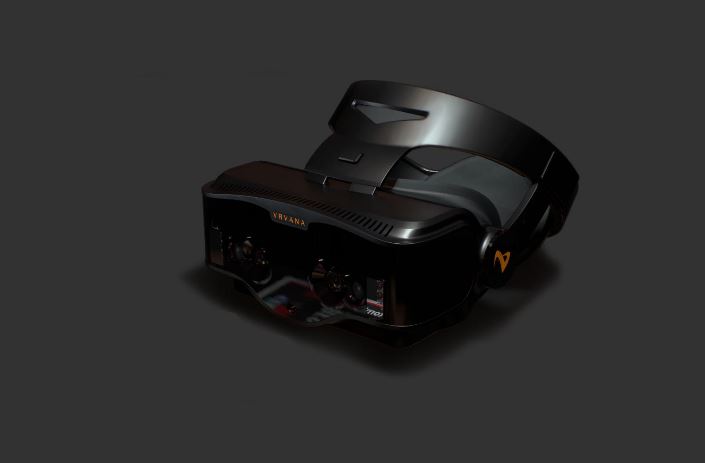Apple gets closer and closer to producing its own augmented reality glasses as it spends $30 million to bring VRVana into the mix.
Last month in an interview with The Independent, Apple CEO Tim Cook said it’s impossible to make quality Augmented Reality glasses with the currently available technology. Consequently, Apple won’t be launching a dedicated AR product anytime soon. However, in the past year, we’ve seen how huge Apple’s interest in AR is, and how the company is working on improving the technology, for instance with the release of the ARKit.
Additionally, Apple is developing a chip similar in concept to the “system-on-a-package” component in the Apple Watch, which integrates various components – graphics processors, AI chip, CPU – into a smaller area than standard chips, and consumes less power. The company is also creating its own augmented reality-oriented operative system, based on iOS, called “rOS,” or “Reality Operating System.”
More recently, Apple acquired yet another company: VRVana, the creator of the Totem mixed reality AR/VR headset. Although the Canada-based startup failed its Kickstarter campaign back in 2014, it certainly seems the technology caught Apple’s eyes, as the company paid $30 million to add it to its AR team.
The VRVana Totem uses several pass-through cameras that capture and display the world on its 120° field of view OLED screen. This separates it from other AR devices in the market, such as Microsoft HoloLens, which use transparent lenses to display content directly in the real world. The result is better content quality, and a more immersive experience when using the Totem, since it is able to overlay fully opaque, true-color animations, as opposed to the ghost-like/washed-out images seen through a transparent display. Furthermore, the Totem also uses an infrared camera to track hand movement, allowing you to manipulate virtual objects.
Again, it’s not quite clear what Apple is working on exactly, but reports say the company is targeting a 2019/2020 release for its first AR glasses.
In early 2018, Apple will release a new and better version of ARKit to iPhone users, which will focus on a technology called persistent tracking – enabling the software to accurately remember where the user placed a virtual object – and making it easier to create AR games for multiple players.






